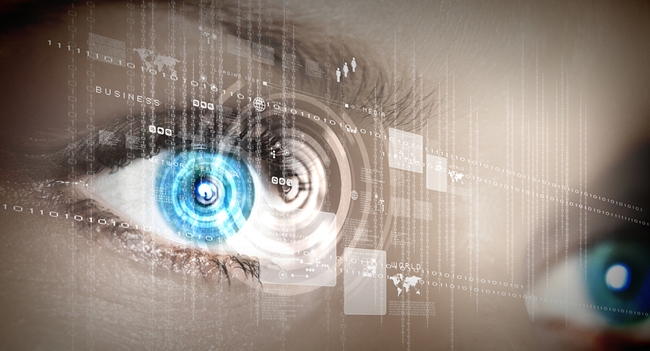
Biometrics is shifting into the consumer space and being readily accepted by users because the industry has started to dispel the myths and deliver convenient security. Apple’s latest iPhone has certainly made inroads into making this technology acceptable to the man on the street, removing the stigma that fingerprint biometrics is only for criminals.
For years, some have seen this technology as a privacy-invading monster that heralded the beginning of George Orwell’s dark future. Now, it is finally being recognized as a simple and secure solution that is very, very clever. The technology has not been well understood and has been accused of many things.
People have been concerned that their fingerprint images are stored, kept on a system somewhere, and potentially used to access their accounts or uncover private information. This just isn’t true.
Fingerprint images are transformed into secure binary templates that allow for a quick match to provide access to a device or application. The technology does not allow for the fingerprint to be recreated from a template nor does the image need to be retained: nobody else can access it and use it for fraudulent purposes.
And, the big brother idea that has many concerned about the ubiquity of using biometrics to access all sorts of data is highly exaggerated. Data collected through biometrics doesn’t need to be interoperable with other systems and in commercial applications is most often only used to verify an individual’s identity. […]
Source: memeburn.com
